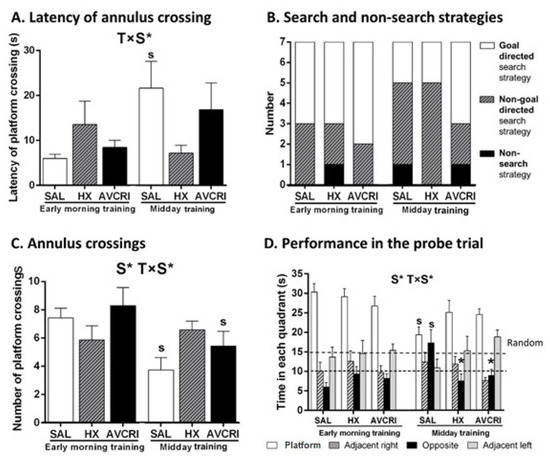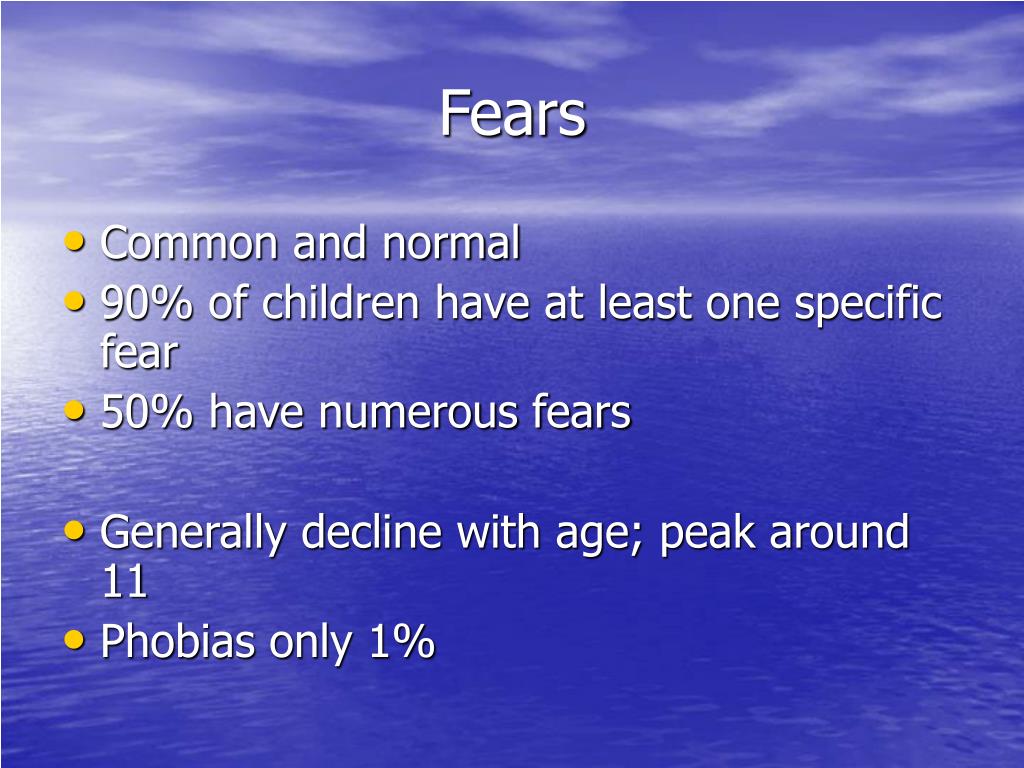
O-GlcNAcylation inhibits aggregation of proteins related to neurodegenerative diseases ( 14– 16). O-GlcNAcylation is enriched in brain tissues, and a number of O-GlcNAcylated brain proteins, such as tau and α-synuclein, are associated with neurodegenerative diseases ( 13). O-linked β- N-acetylglucosaminylation ( O-GlcNAcylation), a posttranslational modification in which O-linked β- N-acetylglucosamine ( O-GlcNAc) is attached to serine/threonine residues, is a tightly regulated process that plays an integral role in fundamental cell signaling including transcription, protein-protein interaction, and sensing of the metabolic status ( 13). In addition to AD, inhibition of necroptosis elicits a positive effect on brain function in several neurodegenerative diseases including multiple sclerosis, amyotrophic lateral sclerosis, and Parkinson’s disease, making it an important target for the treatment of these diseases ( 10– 12). Conversely, the pharmacological or genetic inhibition of RIPK1 attenuates biochemical pathology and behavioral deficits in the amyloid precursor protein (APP)/presenilin 1 (PS1) mice ( 7). Constitutively active MLKL induces a higher degree of neuronal death and exacerbates cognitive deficits in AD mice ( 5). This complex migrates to the membrane and causes cell membrane breakdown, resulting in the release of intracellular organelles ( 6). In necroptosis, three proteins, receptor-interacting serine/threonine protein kinase 1 (RIPK1), RIPK3, and mixed lineage kinase domain–like pseudo-kinase (MLKL), are sequentially phosphorylated and interact with one another to form the necrosome ( 8). Necroptosis blockade in mouse models of AD inhibits Aβ accumulation and improves cognitive function ( 7, 9). Inhibition of necroptosis in AD effectively suppresses neuroinflammation ( 7). In addition to cell death induction, necroptosis is involved in proinflammatory responses ( 7, 8). Necroptosis or programmed necrosis, one of the possible cellular mechanisms underlying AD, has been found to be activated in humans’ brains with AD and is positively correlated with the pathological manifestations of AD, such as neuronal death, neuroinflammation, and Braak stage ( 5, 6). Thus, active research focusing on the identification of the mechanisms in AD is ongoing. Although considerable effort has been dedicated to the understanding of AD pathology, the mechanism of these phenomena in AD is unclear. M2-type signals alter the properties of microglia and change their profile from proinflammatory to anti-inflammatory, which increases Aβ phagocytosis and maintains brain homeostasis ( 4). Activated microglia can be classified as exhibiting a proinflammatory state (M1) or those exhibiting an anti-inflammatory state (M2) ( 4). Microglia change according to the surrounding environment and stimulatory signals. Aβ further disrupts the surrounding environment by activating astrocytes and microglia, which play important roles in maintaining brain homeostasis, and ultimately induces neuronal cell death and cognitive impairment ( 4). Aβ accumulation adversely affects the brain environment surrounding the neuronal cells. Therefore, patients with AD present several symptoms associated with the loss of brain function, such as deficits in memory retention, reasoning, abstraction, and language skills ( 3). The pathological hallmarks of AD include β-amyloid (Aβ) accumulation, neuroinflammation, and neuronal death, which manifests as decreased brain volume and is directly related to memory loss ( 1, 3). The incidence of Alzheimer’s disease (AD), a degenerative brain disorder and the most common type of dementia ( 1, 2), has increased in aged populations, and therefore, the impact of AD on society is increasing with the aging of the population ( 3). Thus, our data establish the influence of O-GlcNAcylation on Aβ accumulation and neurodegeneration, suggesting O-GlcNAcylation–based treatments as potential interventions for AD.

Moreover, increased O-GlcNAcylation ameliorated AD pathology, including Aβ burden, neuronal loss, neuroinflammation, and damaged mitochondria and recovered the M2 phenotype and phagocytic activity of microglia. O-GlcNAcylation of RIPK3 suppresses phosphorylation of RIPK3 and its interaction with RIPK1.


Necroptosis was increased in AD patients and AD mouse model compared with controls however, decreased necroptosis due to O-GlcNAcylation of RIPK3 (receptor-interacting serine/threonine protein kinase 3) was observed in 5xFAD mice with insufficient O-linked β- N-acetylglucosaminase. Here, we found that O-GlcNAcylation plays a protective role in AD by inhibiting necroptosis. However, the links among altered O-GlcNAcylation, β-amyloid (Aβ) accumulation, and necroptosis are unclear.

Necroptosis is activated in AD brain and is positively correlated with neuroinflammation and tau pathology. O-GlcNAcylation ( O-linked β- N-acetylglucosaminylation) is notably decreased in Alzheimer’s disease (AD) brain.


 0 kommentar(er)
0 kommentar(er)
